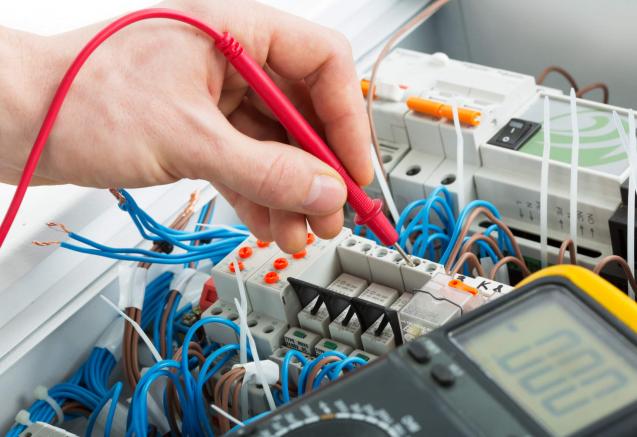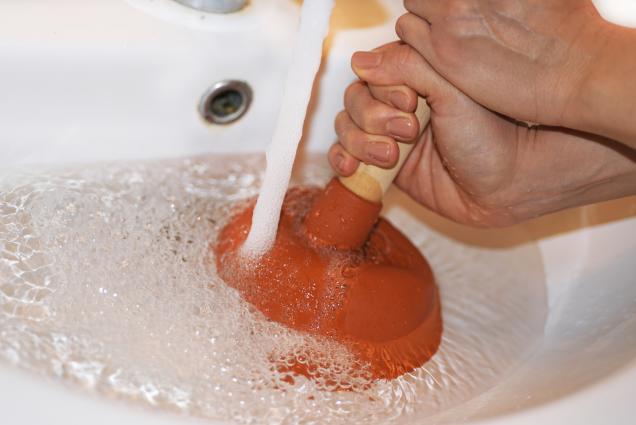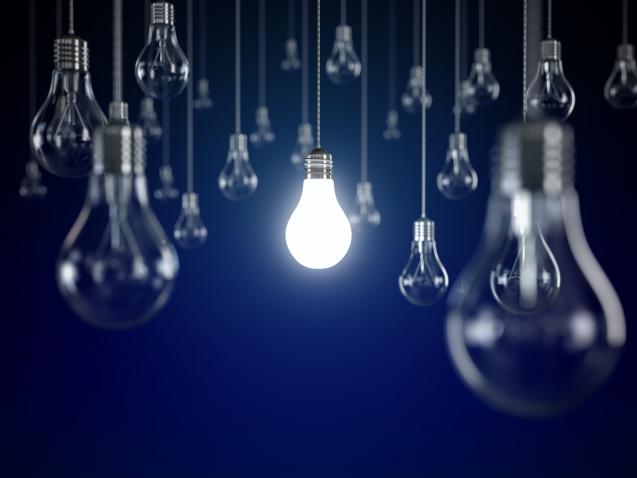
Different Types of Hot Water Systems Explained
By Precise Plumbing and Electrical|October 13, 2021
Selecting the right type of hot water system can be frustrating, especially when you do not know the different types or how they work—all that is about to end right after you read this article.
1. Electric Heaters
The heating patterns for electric heaters vary depending on the internal heating elements they come with.
One way to power a heating element is using the M Tariff. The tariff uses a constant supply of electricity to heat water in a tank. Once the water temperature in a tank goes below a certain level, the tariff activates and heats the water again.
Another way to power a heating element is using the J Tariff, which only uses off-peak electricity to heat water in a tank. During the day, this tariff is inactive, and only the hot water present in the tank is available for use.
Some electric heaters come with two heating elements that use both M Tariff and J Tariff to keep the water in the tank hot.
Electric heaters are easy to install, and the process takes no more than 3 hours. Installation of an electric heater can take place indoors or outdoors.
2. Solar Heaters
Solar water systems are an environmentally friendly way to heat water. Not only are they energy efficient, but they are also a more affordable option seeing as they use the energy from the sun to power themselves and not electricity.
A solar heater uses solar collectors to take in energy from the sun. The energy flows to the storage tank and heats the water within.
A solar heater can have both the collectors and storage tank on the roof. It can also have the collector on the roof and the storage tank anywhere below.
3. Gas Heaters
A gas water system works like an electric water system, but instead of electricity, its power source is natural gas or liquid petroleum gas (LPG).
This hot water system has a storage tank with a thermostat that observes water temperatures and aims to maintain a high temperature for as long as possible. When this temperature lowers, the power source activates to heat the tank and water from the bottom up.
Installation of a gas water system is basic and takes no more than 2 to 3 hours to complete.
4. Heat Pump Heaters
Heat pumper heaters are an excellent and innovative way to conserve energy and preserve the environment. These heaters work by extracting heat from the air outside and using it to heat up the water in a tank.
Not only is this type of heater environmentally friendly, but it is also pocket-friendly and works even in areas with low temperatures.
Installation takes no time at all. This heater has a heat pump and storage, and installation of this pump can be separate from the storage tank.
The Bottom Line
Well, these are the different types of hot water systems. With this information, you should be able to make the right decision. But, if you are still struggling with the decision, you can call a plumber to find out what type of system is best for you.
1. Electric Heaters
The heating patterns for electric heaters vary depending on the internal heating elements they come with.
One way to power a heating element is using the M Tariff. The tariff uses a constant supply of electricity to heat water in a tank. Once the water temperature in a tank goes below a certain level, the tariff activates and heats the water again.
Another way to power a heating element is using the J Tariff, which only uses off-peak electricity to heat water in a tank. During the day, this tariff is inactive, and only the hot water present in the tank is available for use.
Some electric heaters come with two heating elements that use both M Tariff and J Tariff to keep the water in the tank hot.
Electric heaters are easy to install, and the process takes no more than 3 hours. Installation of an electric heater can take place indoors or outdoors.
2. Solar Heaters
Solar water systems are an environmentally friendly way to heat water. Not only are they energy efficient, but they are also a more affordable option seeing as they use the energy from the sun to power themselves and not electricity.
A solar heater uses solar collectors to take in energy from the sun. The energy flows to the storage tank and heats the water within.
A solar heater can have both the collectors and storage tank on the roof. It can also have the collector on the roof and the storage tank anywhere below.
3. Gas Heaters
A gas water system works like an electric water system, but instead of electricity, its power source is natural gas or liquid petroleum gas (LPG).
This hot water system has a storage tank with a thermostat that observes water temperatures and aims to maintain a high temperature for as long as possible. When this temperature lowers, the power source activates to heat the tank and water from the bottom up.
Installation of a gas water system is basic and takes no more than 2 to 3 hours to complete.
4. Heat Pump Heaters
Heat pumper heaters are an excellent and innovative way to conserve energy and preserve the environment. These heaters work by extracting heat from the air outside and using it to heat up the water in a tank.
Not only is this type of heater environmentally friendly, but it is also pocket-friendly and works even in areas with low temperatures.
Installation takes no time at all. This heater has a heat pump and storage, and installation of this pump can be separate from the storage tank.
The Bottom Line
Well, these are the different types of hot water systems. With this information, you should be able to make the right decision. But, if you are still struggling with the decision, you can call a plumber to find out what type of system is best for you.



